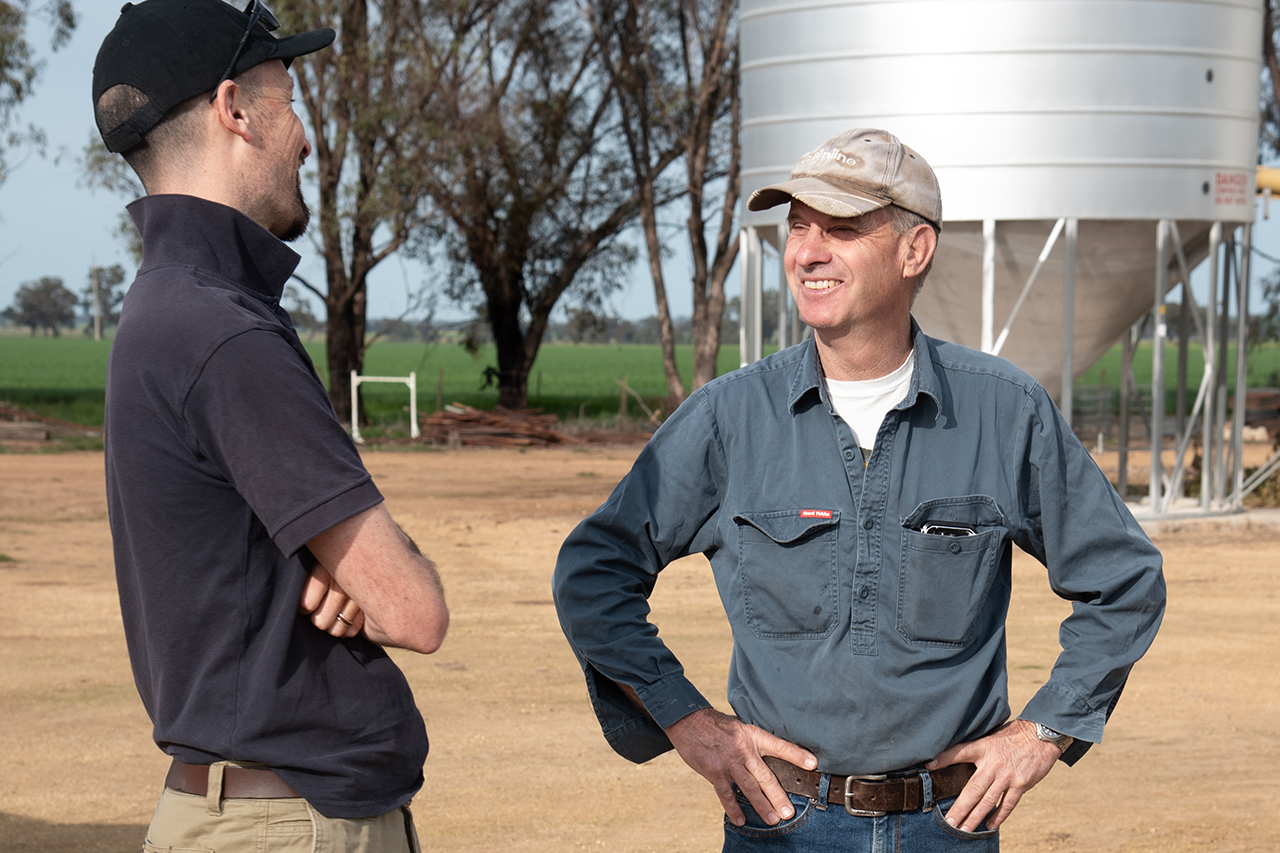Brookfield's True Wealth Revealed: A Deep Dive Into The Largest Landholder In Australia
As one of the largest and most influential corporate entities in Australia, Brookfield Asset Management has long been a major player in the country's economic landscape. With a diverse portfolio that spans across real estate, infrastructure, energy, and more, Brookfield's reach is far-reaching and its impact significant. But beneath the surface of this massive conglomerate lies a wealth of knowledge and insight that is often overlooked by the general public. In this article, we will delve into the world of Brookfield, exploring its true wealth and the secrets behind its success.
Located in the heart of Brisbane, Queensland, Brookfield Place is the global headquarters of Brookfield Asset Management. This state-of-the-art facility serves as the nerve center for the company's operations, housing over 2,000 employees and featuring a sleek, modern design that reflects the organization's commitment to innovation and excellence. But Brookfield's influence extends far beyond its headquarters, with a global presence that spans across six continents and a portfolio that includes some of the most iconic and valuable assets on the planet.
From iconic skyscrapers to strategic agricultural landholdings, Brookfield's diverse portfolio is a testament to its unparalleled wealth and influence. But what drives this incredible wealth, and how has Brookfield managed to achieve such success? The answer lies in the company's unique approach to investing, which prioritizes long-term value creation and sustainable growth over short-term gains.
A Brief History of Brookfield
Founded in 1899 by Samuel Brookfield, the company has a rich and storied history that spans over 120 years. From its humble beginnings as a small agricultural company to its current status as a global powerhouse, Brookfield has consistently demonstrated a commitment to innovation, excellence, and strategic investing. Throughout its history, the company has weathered numerous economic downturns and market fluctuations, emerging stronger and more resilient each time.
The Early Years: 1899-1945
Samuel Brookfield's vision for his company was clear: to create a diversified portfolio of agricultural assets that would provide long-term value and stability. Under his leadership, the company expanded rapidly, establishing itself as a major player in the Australian agricultural industry. The company's early success was built on its ability to adapt to changing market conditions, with Brookfield pioneering new techniques and technologies that helped to increase crop yields and reduce costs.
Expansion and Diversification: 1945-1980
Following World War II, Brookfield began to expand its operations beyond agriculture, diversifying into new sectors such as real estate and infrastructure. The company's first foray into these markets was marked by success, with Brookfield investing in a number of high-profile projects, including the development of several major shopping centers and office buildings.
Globalization and Growth: 1980-2000
The 1980s and 1990s saw Brookfield's expansion accelerate, with the company establishing a global presence and investing in a wide range of assets, from iconic skyscrapers to strategic agricultural landholdings. Under the leadership of its first CEO, David Giamarco, Brookfield continued to innovate and push the boundaries of what was possible, establishing itself as a major player in the global real estate and infrastructure markets.
Brookfield's Investment Strategy
So what drives Brookfield's incredible wealth and success? The answer lies in the company's unique investment strategy, which prioritizes long-term value creation and sustainable growth over short-term gains. This approach is built on a number of key principles, including:
- Long-term thinking: Brookfield's investment strategy is built on a long-term perspective, with the company prioritizing investments that will generate returns over a period of years or even decades.
- Risk management: Brookfield's investment approach is highly risk-averse, with the company seeking to minimize risk and maximize returns through a combination of diversified portfolios and strategic asset allocation.
- Sustainable growth: Brookfield's focus on sustainable growth means that the company is always looking for ways to improve its operations and reduce its environmental impact, whether through the development of more efficient technologies or the implementation of environmentally-friendly practices.
Key Principles of Brookfield's Investment Strategy
• Core portfolio: Brookfield's core portfolio is built around a diversified mix of assets, including real estate, infrastructure, energy, and more.
• Asset quality: Brookfield is highly selective when it comes to the assets it invests in, prioritizing high-quality properties and infrastructure that have strong long-term potential.
• Market trends: Brookfield's investment approach is highly informed by market trends, with the company seeking to identify and capitalize on emerging opportunities and trends.
• Risk management: Brookfield's investment approach is highly risk-averse, with the company seeking to minimize risk and maximize returns through a combination of diversified portfolios and strategic asset allocation.
Brookfield's Portfolio
So what does Brookfield's portfolio look like? From iconic skyscrapers to strategic agricultural landholdings, the company's diverse portfolio is a testament to its unparalleled wealth and influence. Here are just a few examples of the many assets that make up Brookfield's portfolio:
- Real estate: Brookfield owns a significant portfolio of high-end office buildings, shopping centers, and residential properties, including the iconic Brookfield Place in New York City.
- Infrastructure: Brookfield has a significant presence in the infrastructure sector, with investments in high-profile projects such as the Sydney Harbour Crossing and the Melbourne Airport Terminal 4.
- Energy: Brookfield has a significant energy portfolio, with investments in solar farms, wind farms, and other renewable energy projects.
- Agriculture: Brookfield owns a significant portfolio of agricultural landholdings, including strategic holdings in key agricultural regions such as Queensland and Western Australia.
Key Assets in Brookfield's Portfolio
• **Brookfield Place
Keean Johnson
Sabrina Carpenter Height And Weight
Brooke Monk
Article Recommendations
- Kimol Song
- Eylon Levy Wife
- Diddy Meek Mill Audio
- Andielle
- Nora Bint Mohammad Binalman Alaud
- Who Is The Rock Twin Brother
- Anna Malygon
- Carly Jane
- Nia Hill
- What Happened To Tia Mowryaughter



